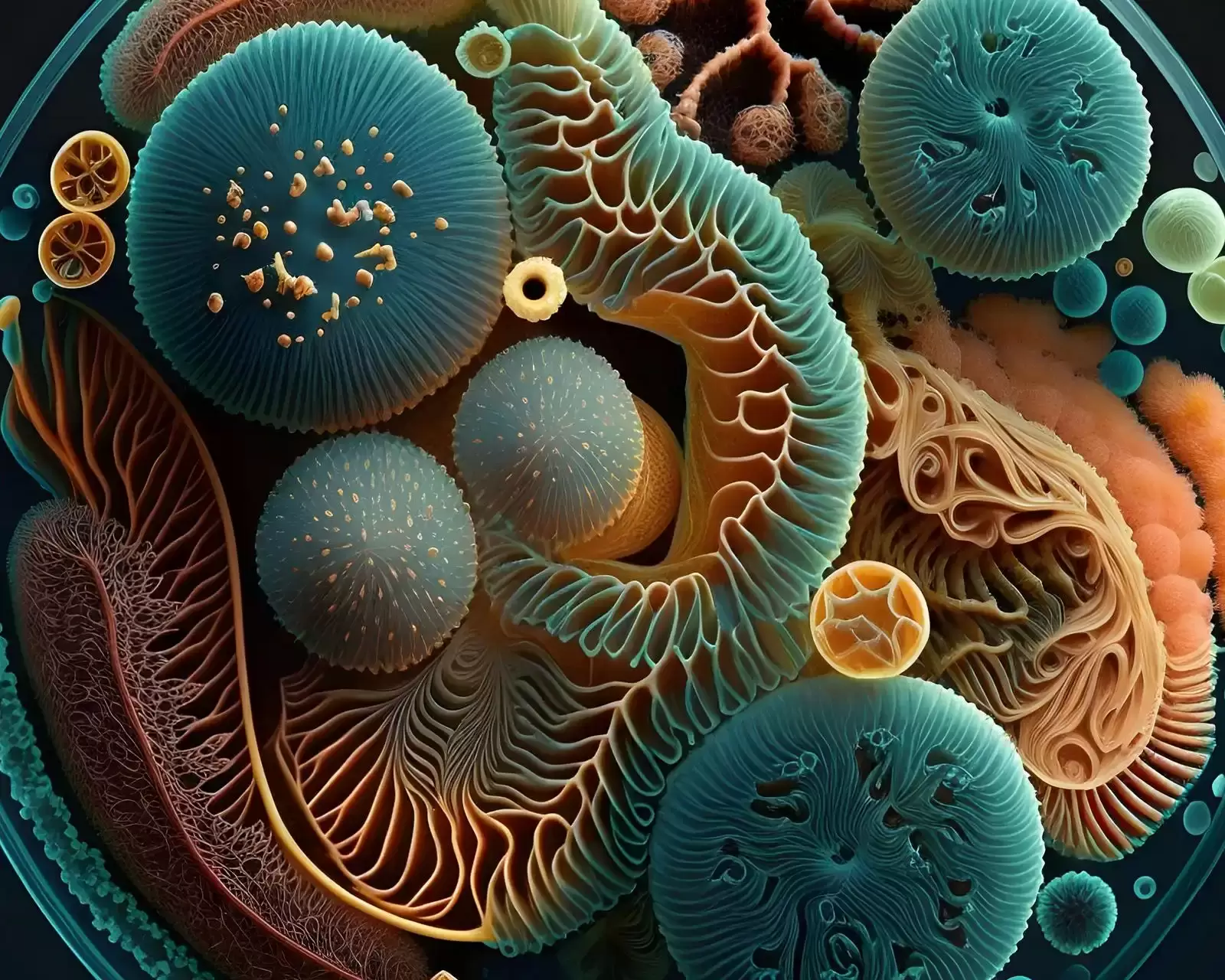- Home
- Uncategorized
- What is Pain Medication Doing to Your Body?
What is Pain Medication Doing to Your Body?
How we feel dictates much of how we live our daily lives. In our youth, how we feel is more commonly tied to how we are doing mentally. As we age, we may have the ability to feel emotionally strong but physically weaker. Our bodies begin degenerating, leading to aches and pains from the simplest activities. A night of sleep in the wrong position can cause a week-long neckache, while an hour in the garden can be followed by a night icing your back. When these minor aches and pains come, people tend to treat their symptoms with different pain medications or topical creams for immediate relief. But what happens when these aches and pains become more frequent, and instead of seeking a long-term solution, the use of pain medication increases? Additionally, what is this medication doing to your body beyond temporary relief?
We’ve all seen pharmaceutical advertising where side effects are quickly listed off or put in the fine print. Many medications are so well known and utilized that the side effects are often overlooked. Whether over-the-counter or prescription, medications can seem like a godsend when not abused, but what long-term effects can result from continual use? We’ve compiled a list of commonly used medications for pain management to educate on the potential dangers of overconsumption.
Pain Medications and Side Effects
-
Acetaminophen
Used for mild to moderate pain. Acetaminophen lacks anti-inflammatory properties. Side effects include rash or hypersensitivity reactions, hematological anemia, leukopenia, neutropenia, and pancytopenia, nephrotoxicity, metabolic and electrolyte disorders.
-
Nonsteroidal Anti-inflammatory Drugs (NSAIDs)
Used for mild to moderate pain associated with inflammation. Side effects include gastrointestinal problems such as nausea, anorexia, dyspepsia, abdominal pain, ulcers, gastrointestinal hemorrhage, perforation, and diarrhea; cardiovascular issues like hypertension, myocardial infarction, stroke, and thromboembolic events; and renal dysfunction including salt and water retention, weakening of kidney function, edema, decreased urate excretion, hyperkalemia, and analgesic nephropathy.
-
Topical Analgesics
Used for mild to moderate muscle, joint, and nerve pain to relieve inflammation and numb the area. Side effects include skin stinging, burning, and tingling. Topical analgesics that include capsaicin can cause redness, burning sensation at the application site, pain, nausea, vomiting, hypertension, edema, sinusitis, bronchitis, nasopharyngitis, headache, palpitations, tachycardia, and more.
-
Opioids
Used for severe pain with high potential for addiction, tolerance, and side effects. Opioids are one of the most controversial and dangerous forms of pain medication. Side effects include dysphoria/euphoria, sedation, constipation, nausea, vomiting, cough suppression, miosis, histamine release, endocrine systems suppression, cardiovascular disorders, respiratory depression, skeletal muscle rigidity, tolerance, physical dependence, and more.
Alternatives to Pain Medication
Facing pain and discomfort may seem like a never-ending battle. Utilizing pain medications in moderation presents minimal long-term damage. However, when moderate use of pain medication becomes habitual, our bodies can pay the price. Taking care of your body goes beyond eating clean and exercising. It also includes pursuing the best medical treatments that contribute to long-term health.
Alternatives to pain medications are vast and can include physical therapy, natural remedies, electrical stimulation, massage therapy, and natural biologics. To learn more about natural biologics for pain relief, contact New Life Medical Services today.
References
-
Queremel Milani, Daniel A, and Donald D Davis. “Pain Management Medications – Statpearls – NCBI Bookshelf.” Pain Management Medications, 28 Feb. 2023, www.ncbi.nlm.nih.gov/books/NBK560692/. Accessed 17 May 2023.
-
Khan, Sarfaroj. “How Do Topical Analgesics Work? – Uses, Side Effects, Drug Names.” RxList, 30 June 2021, www.rxlist.com/how_do_topical_analgesics_work/drugclass.htm.
-
“Non-Drug Pain Management.” MedlinePlus, U.S. National Library of Medicine, medlineplus.gov/nondrugpainmanagement.html.
You Might Also Like
What to Expect During a Natural Biologic Training Seminar
What to Expect During a Natural Biologic Training Seminar Attending a natural biologic training…
What is Natural Biologics?
What is Natural Biologics? We spend our youth living life to the fullest and creating memories that…
The History of Regenerative Medicine and Natural Biologics Applications
The History of Regenerative Medicine and Natural Biologics Applications Regenerative medicine has a…




